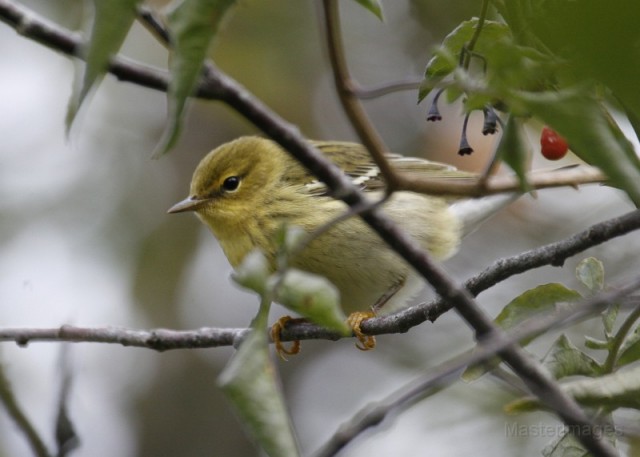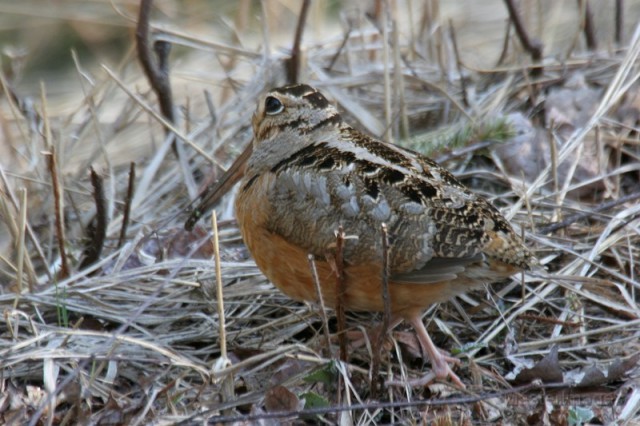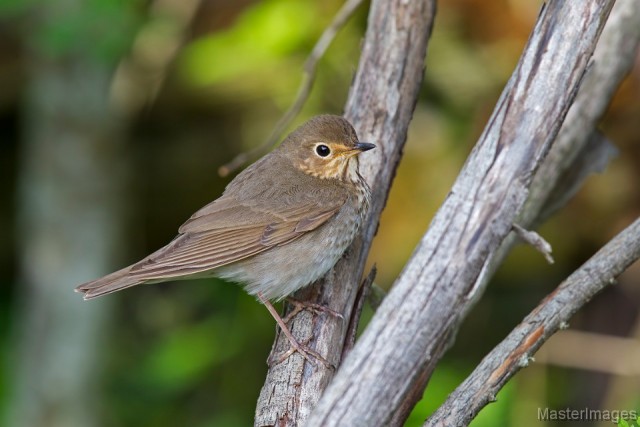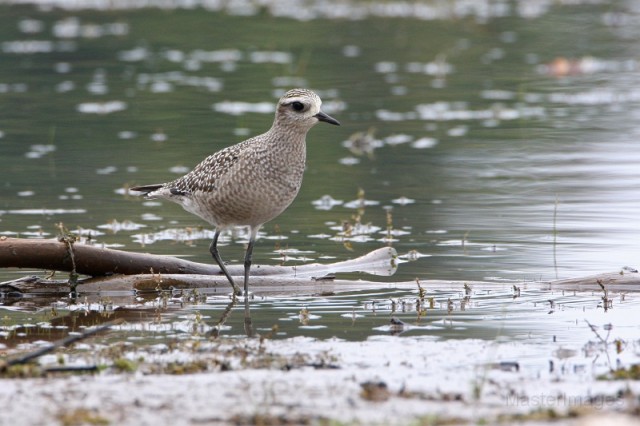An Exciting Time of Year
My busy schedule doesn’t always allow me to get outside as often or for as long as I’d like. But I crave my daily walks in the woods and Wren makes certain I don’t leave them off my to-do list. That’s fine by me because it not only gets me outside, but outside with my binoculars at a time of year when many species of birds are on the move. The great thing about fall is that the birds are constantly changing so each day is a little different than its predecessor. As such, my regular walks along Lake Colby earlier this fall found an array of warblers and other songbirds with a changing assortment each day I was out. It is the possibility offered by such variety that makes the fall so exciting, and even short walks can net interesting birds and bring with them lots of activity.

Finding Good Birds
A few weeks ago that excitement came from an early Red-necked Grebe on Lake Colby – at a time of year when I’m usually consumed with songbirds. A few weeks later it was a juvenile Red-headed Woodpecker along the south end of the Bloomingdale Bog Trail. I almost walked someplace else that afternoon and was fortunate that I didn’t – I had never seen a Red-headed Woodpecker in the middle of the Adirondacks before. But I watched the bird for 10-15 minutes as it fed along the powerlines at the beginning of the trail. I returned the following day but it was gone – that’s just how fall birding goes. You have to get out to find the migrants which often don’t stick around for long.
I have likewise kicked up a few American Woodcocks of late while running along the bog trail, and I’ve seen a number of Sharp-shinned Hawks in the same way. My walks around Lake Placid have offered similar fare with warblers such as Blackpoll, Yellow-rumped, Magnolia, Nashville, and Black-throated Green highlighting most trips. A little over a week ago I had my last good mixed warbler flock of the season at Lake Colby with 8 species of warblers which included a Tennessee and an Orange-crowned.
And while most of the warblers have moved through the area, our flocks of Yellow-rumped Warblers still hold strays of other species. Just today I found a Palm and a Nashville Warbler in this way. But that’s not all – I’ve regularly been hearing the nocturnal flight calls of Swainson’s Thrushes overhead at night and last week I found one feeding along the tracks on Lake Colby. I was even more excited about the Gray-cheeked Thrush which was feeding in the same stretch of the railroad as the Swainson’s as well as a few Hermit Thrushes. We are in the window for migrant Gray-cheeked and Bicknell’s Thrushes, so we have to keep our eyes and ears open.
And sparrow numbers are also beginning to grow. There have been good numbers of Song and White-throated Sparrows and Dark-eyed Juncos everywhere and with them they bring other species. As a result I’ve just started to find White-crowned Sparrows with more on the way. The same can be said of both Ruby-crowned and Golden-crowned Kinglets, even as Blue-headed Vireos sing each morning on their way out of town.
Get Outside!
But once again, it is the potential for odd or out of the area species which keeps many birders heading out with hope in their hearts. Just yesterday morning as I walked along the railroad tracks along Lake Colby I found an American Golden Plover – another bird which I’ve never found in the middle of the Adirondacks. They are uncommon but regular migrants in the lowlands surrounding the park – but most of them are through by mid-late September. I first found the bird thanks to its incessant calling and I watched it wheel around in the sky overhead for perhaps 15 minutes. It dropped low over my head a few times – seemingly looking for a place to land. But it apparently did not like its options and after a while it flew off, leaving me with a happy walk to my car.

It is these sorts of finds which make fall birding so enjoyable and so rich with possibility. As birders we don’t know what we may or may not find when we venture outside on a fall day. But we do know what we will find if we sit in front of the television or our computers as I’m currently doing as I write this piece. As such getting outside is the most important choice we make in finding birds – the exact location we go is a secondary consideration. And so whether we travel far or stick to the local trail or our own backyards, the key factor is being outside. Once there our prospects of finding an interesting bird expand tremendously and the likelihood of having a good day is greatly improved. And so we’ll find out what birds this fall brings – once we get out there and explore. And that’s just what I’m going to do right now.
Good fall birds are waiting to be found, but you’ve got to come find them. Check out our birding, lodging, and dining pages to plan your trip!








